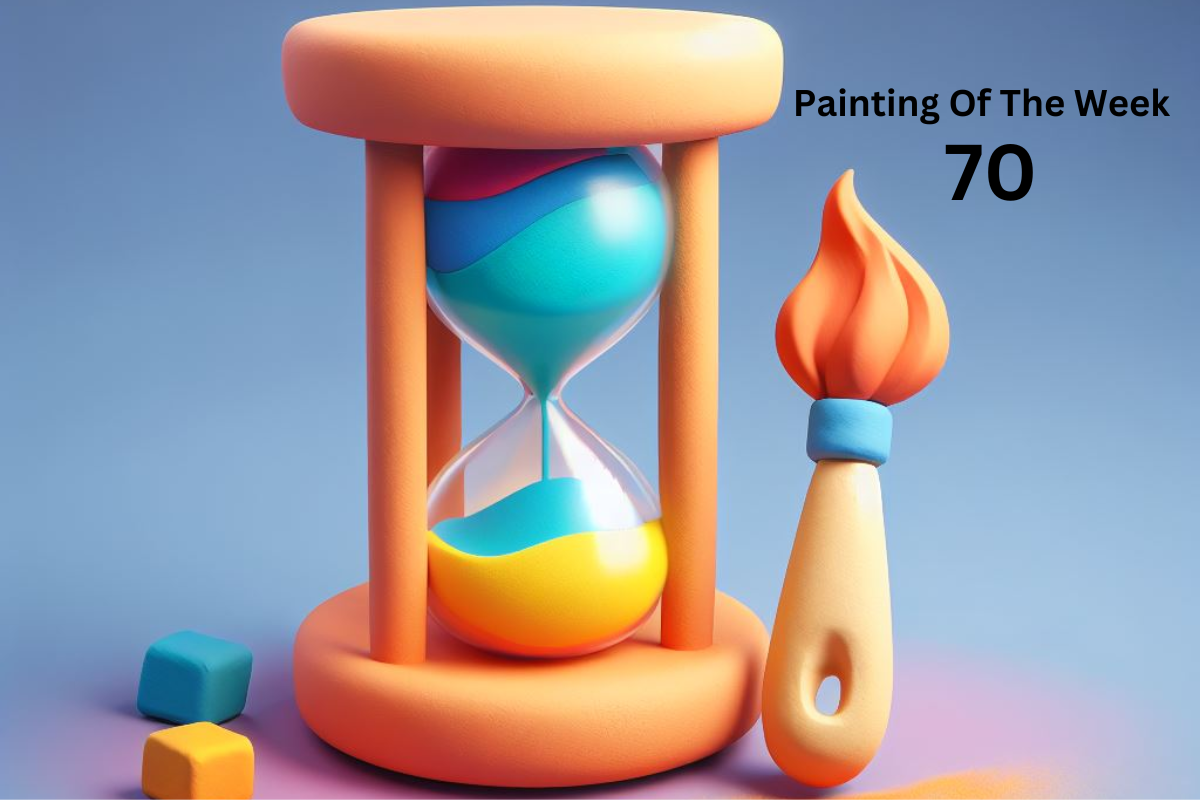During the seventeenth and eighteenth centuries, the establishment of official art academies significantly bolstered artists’ claims of intellectual recognition.
These institutions revolutionized the artist’s position by introducing a structured training system, thereby professionalizing artistic practices and streamlining their study.
Rather than mere training, artists underwent formal education, adhering to a rigorous curriculum rooted in scholarly art theories. It emphasized the emulation of the esteemed masters from antiquity and the Renaissance.
Also Read: Radical Frontiers in the Spaghetti Western.
Painting Of The Week
Johan Zoffany’s painting of “The Academicians of the Royal Academy” in 1772 showcases a group of erudite individuals.
Among them, the painting prominently depicts Sir Joshua Reynolds. He is the inaugural President of the Royal Academy and author of “Discourses on Art,” with his distinctive ear trumpet at the center.
However, the painting aims not only to capture these figures but also to embody the ‘ideal’ of the academic artist.

The Academicians, attired as gentlemen of high standing, engage in discussions on nude subjects while being portrayed in relaxed, self-assured stances.
Positioned within the life room of the Royal Academy, they are surrounded by classical sculptures and live models.
Within the academic curriculum, the study of the unclothed human figure held the utmost importance, deemed essential for achieving artistic excellence.
Academicians
The Academicians are portrayed as knowledgeable and comfortable in their expertise, embodying rationality.
Thus, Zoffany’s painting serves as both a portrayal and an idealized representation. It reflects eighteenth-century conceptions of the artist’s nature and the prescribed methods for the pursuit and practice of art.
However, there were two female members of the Royal Academy during this time period, Mary Moser (1744-1819) and Angelica Kauffman (1741-1807).
Yet, they are absent from this particular image. In the pursuit of historical accuracy, Moser and Kauffman couldn’t be entirely omitted from an official group portrait of the Academicians.
However, the Academy’s regulations prohibited women from participating in life-class studies. It prevents them from being depicted in scenes featuring discussions around nude models.
It’s possible that Zoffany felt constrained by this prohibition. It prevented him from including women Academicians alongside nude male models, even in a painting.
Nevertheless, it’s notable that Zoffany only hinted at their membership through vague, indistinct portraits on the right-hand wall.
It lacks the meticulous detail afforded to their male counterparts, making their identification challenging.
While noting their inclusion as portraits within the painting, one must recognize the striking significance of relegating female artists to the status of mere images within a larger image.
Moreover, their depictions, distinct from those of their male counterparts, risked being perceived as mere elements of the studio scenery.
It resembles the casts and models amidst which the esteemed gentlemen of the Academy are depicted standing or reclining.
Also Read: The Physicality Of Anger In The Middle Ages.


